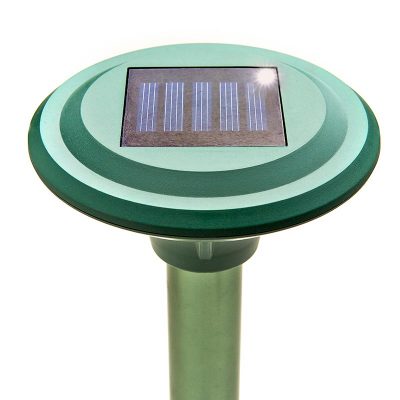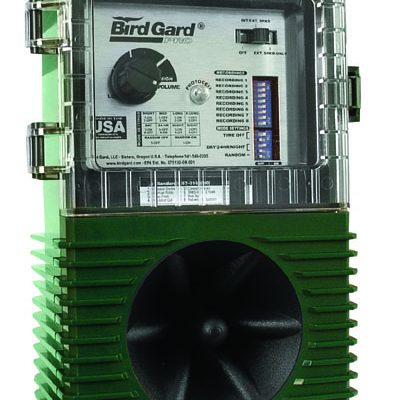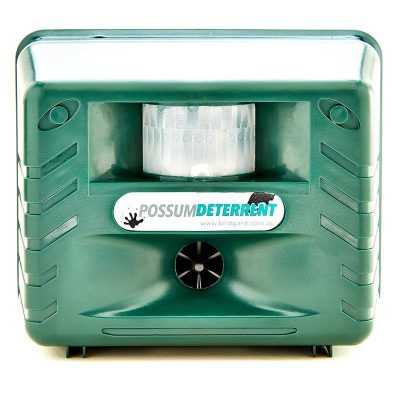The Scaly Breasted Lorikeet has a plain but beautiful arrangement of colours. The body is different shades of green. Intercepted by yellow barring on the breast, spreading down to the abdomen. The beak ranges from light orange to dark red. The underside of the tail is yellow. The wings are red with black at the edges
Found all along the eastern coast and the eastern half of the southern coast of Australia. This bird extends further west than any other Lorikeet inhabiting the eastern side of Australia.
Mainly feeding on tree blossoms and some insects, they have readily adapted to introduced fruit crops. Preferring timbered areas and roosting in large noisy flocks at night, they set out to forage all day returning at night to the same roost. Breeding from August to January, the usual number of eggs is two. When the local food supply runs out, they may disappear overnight, having moved on to search for a more productive area.
Therefore, an orchardist may have few lorikeets one day and thousands the next. Often many hundreds of Scaly-breasted Lorikeets can be seen feeding with equal numbers of Rainbow Lorikeets.Being unprepared, may result in major losses.
Early installation is very important and constant management to deal with any rogues is required. It is not unusual to see lorikeets sitting high in the treetops (bordering an orchard protected by Bird Gard) wanting to fly down into the orchard, but being kept at bay by the constant harassment of the sounds below.
Which pest do you want to repel?
12V Battery 28 Parrots 28s Airside Safety Application Animals Bandicoots Bat Control Bats Bird Deterrent Bird Repeller Birds Bird Scarer Blackbirds Black ducks Blue Faced Honey Eaters Brown Snakes Brush Turkeys Bush Turkeys Cockatoos Cockroaches Corellas Cormorants Crawling Insects Crows Currawongs Doves Ducks Finches Fleas Flying Fox Flying Foxes Flying Insects Friar Birds Galahs Grass Parrots Herons Ibis Indian Mynas Kangaroo Kangaroos Leatherheads Little Corellas Magpie Geese Mice Micro Bats Mudlarks Musk Lorikeets Noisy Minors Parrots Peewees Pelicans Pigeon Deterrent Pigeon Repeller Pigeons Pigeon Scarer Plovers Port Lincoln Parrots Port Lincolns Possum Repeller Possums Rabbits Rainbow Lorikeets Rats Red-Bellied Black Snake Red Wattlebirds Red Wattle Birds Rodent Repeller Rodents Rosellas Scaly Breasted Lorikeets Scary Eye Balloon Seagull and Duck Scarer Sea Gulls Seagulls Silver-Eyes Silvereyes Solar Solar Powered Solar Powered Possum Repeller Sparrows Spiders Starlings Swallows Swamp Hens Taipans Terns Ticks Tiger Snakes Timer Ultrasonic Ultrasonic Possum Repeller Ultrasonic sounds Visual Bird scarer Wallabies Wallaroos Wattlebirds Wax-Eyes White-Eyes Wildlife Hazard Management WombatsOn sale
-
 Pigeon Deterrent 5 out of 5
Pigeon Deterrent 5 out of 5$1,475.21Original price was: $1,475.21.$1,225.00Current price is: $1,225.00. Including GST -
 Bat Repeller 5 out of 5
Bat Repeller 5 out of 5$1,168.00Original price was: $1,168.00.$1,005.00Current price is: $1,005.00. Including GST -
 Vermin X - Transonic Pest Control System
Vermin X - Transonic Pest Control System $1,168.00Original price was: $1,168.00.$875.00Current price is: $875.00. Including GST -
 AVA Sonic Fence 5 out of 5
AVA Sonic Fence 5 out of 5$1,068.05Original price was: $1,068.05.$975.00Current price is: $975.00. Including GST
-
Product categories
Recent reviews
-
 Snake Repeller by Chris C
Snake Repeller by Chris C -
 Solar Powered Possum Repeller by Rob
Solar Powered Possum Repeller by Rob -
 Swallow Repeller by Maree
Swallow Repeller by Maree -
 Possum Deterrent by Nerrida Nixon
Possum Deterrent by Nerrida Nixon -
 Possum Deterrent by Gary
Possum Deterrent by Gary
-








